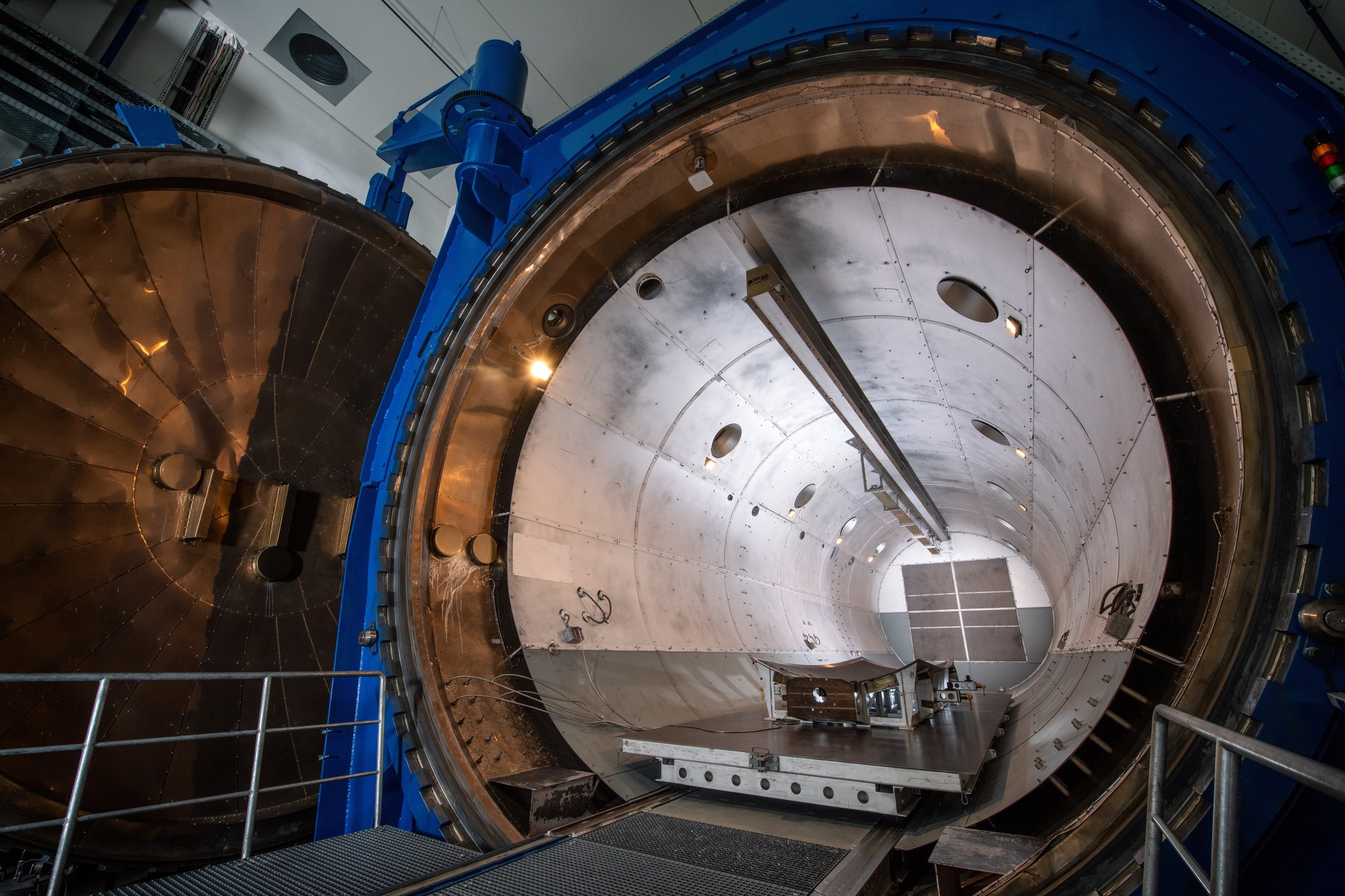Application-orientated manufacturing processes and efficient heating methods

In a fast-moving industry, understanding the processes involved in the automated manufacturing of fibre-reinforced composites (FRP) is crucial. This section introduces the importance of a sound process understanding for the production of innovative lightweight structures.
The processes that play a role in the production of FRP are diverse. This section examines specific processes such as fibre laying, curing, consolidation, textile preforming and RTM (Resin Transfer Moulding). It looks at the technology expertise requirements for each stage of the manufacturing process.
The development and demonstration of large-scale technologies are critical to ensure the feasibility and scalability of FRP manufacturing processes. This section highlights the importance of large-scale demonstrations for the validation and implementation of new manufacturing technologies.
The production of FRP enables the realisation of innovative lightweight structures that are used in various industries. This section shows how a sound understanding of the process and technological expertise enable the development and manufacture of these structures.
The integration of sensor technology into FRP manufacturing processes enables more precise process control and quality assurance. This section looks at the importance of sensor-guided processing and quality assurance for energy-efficient heating methods.
Holistic energy management and the balancing of the CO2 footprint throughout the entire life cycle are of great importance for sustainable FRP production. This section examines the measures for optimising energy efficiency and reducing environmental impact.
In summary, the following topics can be summarised as expertise of the ZLP Stade site:
- Process understanding in automated FRP production
- Process and technology expertise for fibre laying processes, curing / consolidation processes and textile preforming and RTM processes
- Technology development and demonstration on a large scale
- Realisation of innovative lightweight structures
- Sensor-guided processing and quality assurance for energy-efficient heating methods
- Energy management and CO2 footprint in the life cycle / balancing of resource efficiency
